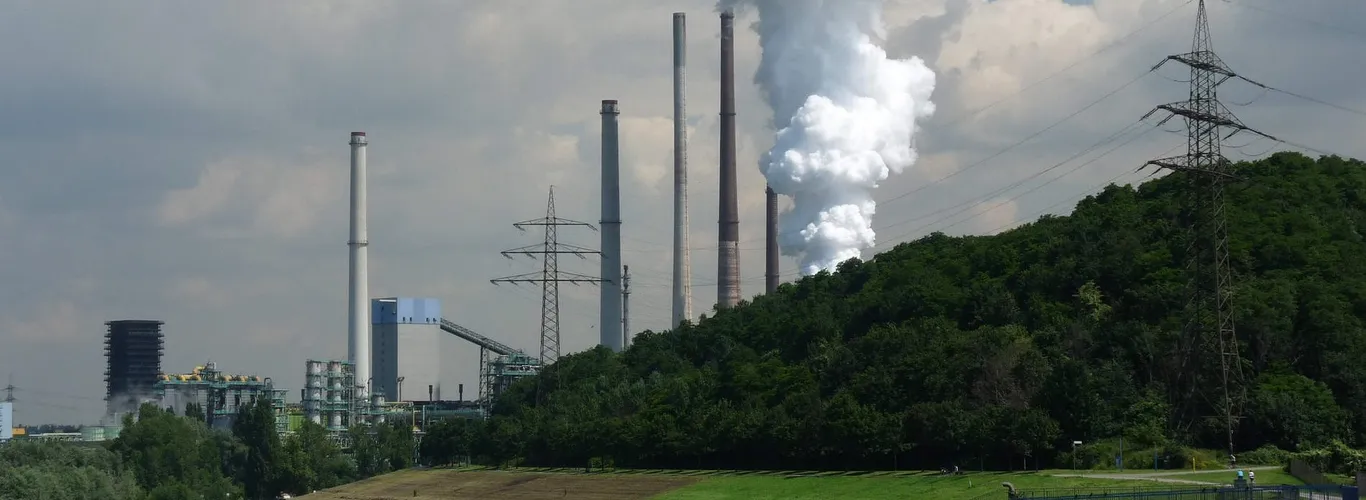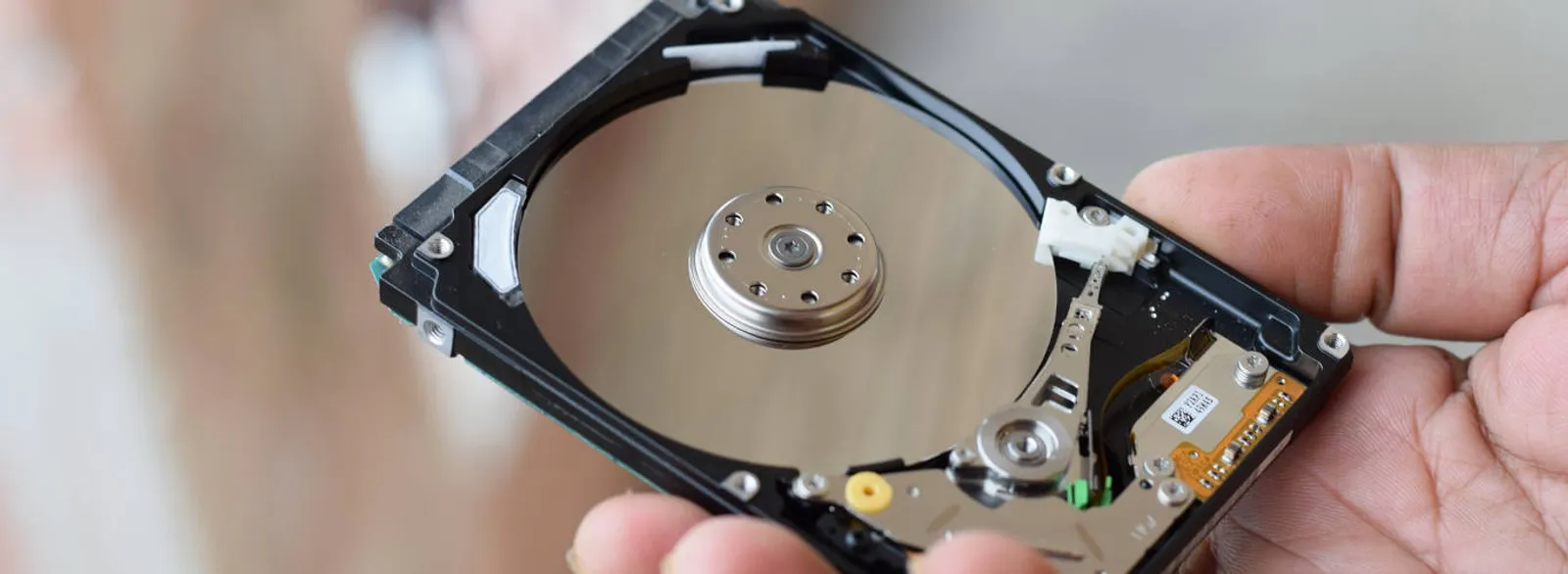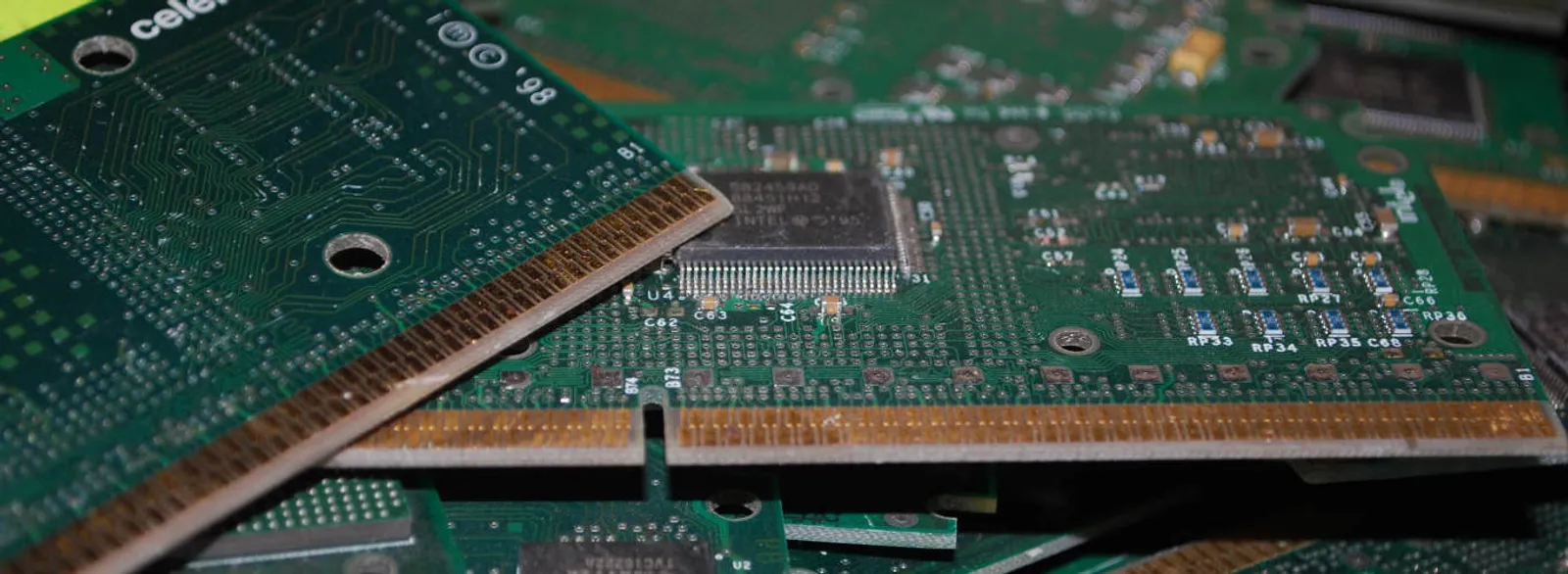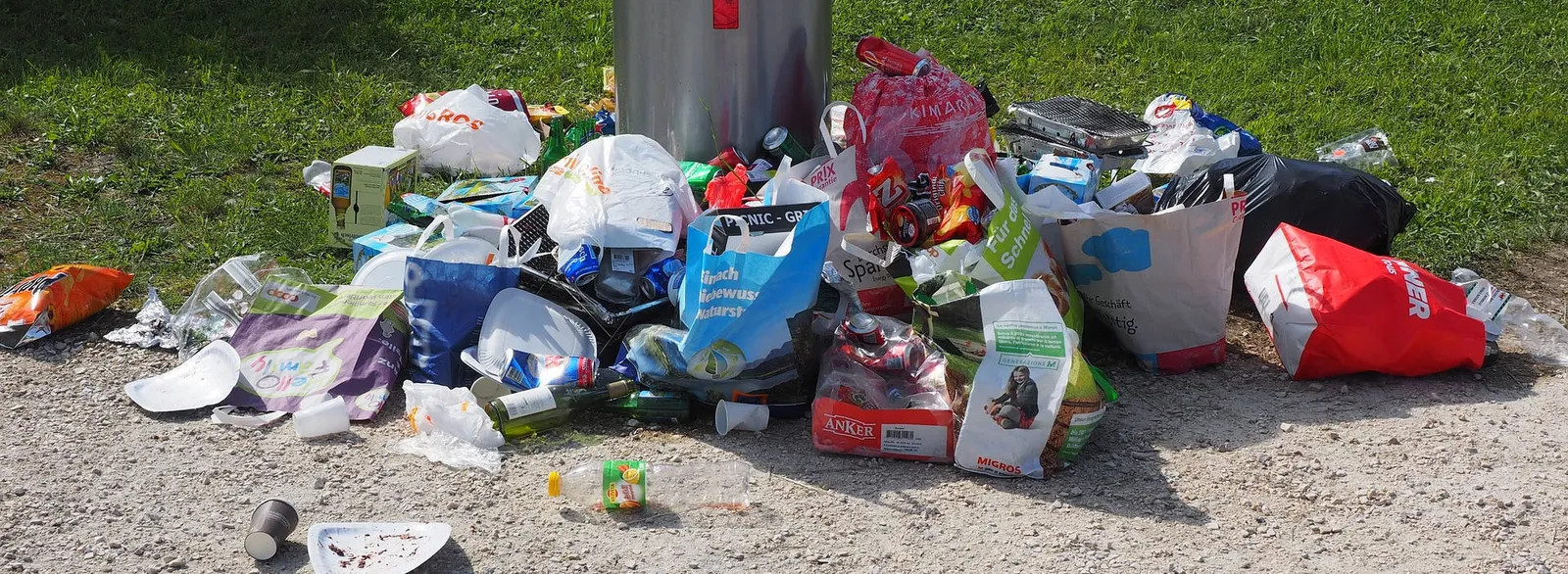If you are interested in ecology and recycling - sign up for our newsletter
Blast furnaces vs electric arc furnaces
Blast furnaces and electric arc furnaces are two distinct technologies used in steel production, and the differences between them involve the raw materials used, the technological processes, and the final quality of the steel. Each of these production methods has specific advantages and limitations, which affects the market segments in which individual steel mills can effectively compete.
Blast furnaces, also known as high furnaces, produce steel based on iron ore and coke. Coke plays a dual role here: it is both a fuel and a reducing agent that enables the transformation of iron ore into metallic iron. This process requires very high temperatures, reaching about 1500°C, making it extremely energy-intensive and also a significant emitter of carbon dioxide. However, steel produced in blast furnaces is of very high quality. This is why steel produced with this technology is widely used in the automotive industry and in the production of household appliances, where special durability and material uniformity are required. The downside of this technology, however, is its environmental impact – burning large amounts of coke leads to significant CO₂ emissions, which, in the era of increasingly stringent climate regulations, is becoming a serious problem.
Electric arc furnaces provide an alternative to traditional blast furnaces. In this technology, the main raw material is scrap steel, which is melted using an electric arc. Electric arc furnaces are much more environmentally friendly in terms of greenhouse gas emissions because they do not require the burning of coke. Instead, electric energy generates a high electric arc that effectively melts the steel scrap. This solution is more favorable for the environment, especially when electricity production comes from renewable sources. However, the need to consume a large amount of electricity poses a logistical challenge and requires stable and efficient power supplies.
The quality of steel
The quality of steel produced in electric arc furnaces largely depends on the purity of the scrap used. The cleaner the raw material, the higher the quality of the resulting steel. For this reason, ensuring adequate scrap is a key factor affecting the competitiveness of this technology. Steel produced in electric arc furnaces does not always achieve the same high quality as that obtained in blast furnaces, which is a challenge for manufacturers who want to supply steel to more demanding market segments. As a result, electric arc furnaces are mainly used in less demanding industries where the quality of steel can be lower.
The transition of steel mills, such as Tata Steel, from blast furnaces to electric arc furnaces is a step towards reducing carbon dioxide emissions and adapting to changing environmental requirements. However, this change brings with it the need to source sufficiently clean scrap and involves increasing demand for electricity. Production capacity also decreases – for example, Tata Steel, which is replacing blast furnaces in Port Talbot with electric arc furnaces, will reduce its production from 5 million tons to 3 million tons. This is also a challenge for the automotive and household appliance markets, which must take into account potential changes in the availability of the highest quality steel, as well as the need to change suppliers.
Blast furnaces and electric arc furnaces represent different approaches to steel production – the former focuses on high quality at the expense of the environment, while the latter on reducing emissions at the expense of lower quality and increased demand for electricity. Which technology is more appropriate depends on specific market needs and the priorities set by the steel mill – whether it is environmental protection or delivering the highest quality steel.





